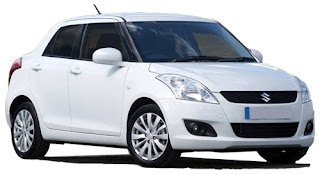Indian automobile manufacturer Maruti Suzuki may launch the face lifted versions of the Swift hatchback and Dzire compact sedan in the first quarter of 2014. These new variants are likely to be showcased at the 2014 Indian Auto Expo.
Swift is Maruti’s largest selling premium hatchback in the country and has been a hot favorite of the masses in this segment since 2005, the year when it was introduced in India.
The company has a plan to make the diesel engines in Japan for upcoming Maruti models in India. The future growth of diesel vehicles in India will be going to good and thus Japanese parent Suzuki is becoming a helping hand for the making of engines and though Suzuki is making two in house engines.
Maruti Suzuki launched the Swift in 2005 and ever since the car has been a runaway success. In late 2011 the all-new Swift was launched which took the game even further. The Japanese carmaker has never rushed in to give their products a facelift, but stiff competition has ensured that no car company can rest on their laurels.
The Swift leads the Premium hatchback or B+ segment and the Swift Dzire also leads the compact sedan segment. The Swift and the Dzire will get updated and seems like Maruti will showcase the face lifted versions at the 2014 Indian Auto Expo, if rumors are to be believed the face lifted versions are expected to hit the showrooms by first quarter next year.
































